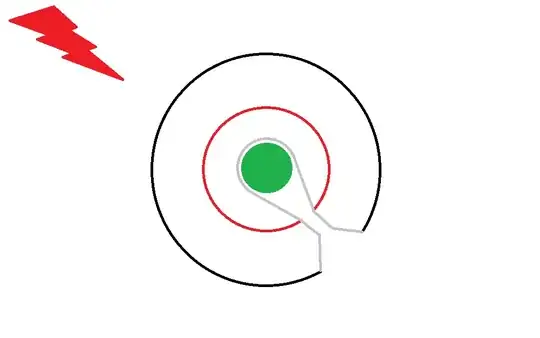Everyone has so far mentioned the use of "Fast Rocks" as an offensive weapon. If I were defending a planet from "Fast Rocks", I would do as follows, creating a set of defensive perimeters.
The farthest away would be the distance related to defending from obvious, undisguised attacks. This distance would be set such that, no matter the direction of approach, I could bring my own "Fast Rocks" in to position and speed for intercept. This would likely be very far from my own planet, but not anywhere near the enemy planet.
The second perimeter would be the distance away I could safely intercept an approaching object with a set of "Fast Rocks" already prepped and in position. This would be much closer to the planet.
Finally, I would have an approach corridor to my planet. This approach corridor would be shaped much like an hourglass, with the thinnest point at or around half-way between the far perimeter and near perimeter. Objects of any type entering the thin "Checkpoint" must start to decelerate at a rate that will make sure they reach a "reasonable" speed by the inner perimeter. Any object that is deemed suspicious is told to decelerate to a stop by the second perimeter. If an object exits the approach or acts in a dangerous manner is assigned a "Fast Rock" for intercept from the stockpile near the approach.
This plan should allow for the defense of the planet while allowing shipping to allow continue, maintaining the all-important industrial capacity of my civilization. This would allow for "Customs" to occur off-planet at the Checkpoint, and would be easy to adapt for peacetime use.
In terms of offense, it depends on many factors. If I knew that I had a stronger industrial capacity and more access to rocks than my enemy, I would simply stockpile and set them up before shelling the planet until it has no more rocks of its own, having used all of them on intercept.
Literal MS Paint Diagram
 Edit: I know this is a fairly incomplete answer, but a lot of clarification would be required for further investigation. In addition, it is just an exploration of defense from large, weaponized meteors or ships as kinetic weapons.
Edit: I know this is a fairly incomplete answer, but a lot of clarification would be required for further investigation. In addition, it is just an exploration of defense from large, weaponized meteors or ships as kinetic weapons.
Edit 2: This is assuming that the civilizations have highly advanced scanning equipment. I am not worried about the detection side of things because in order for common interplanetary and interstellar travel, a ship would need to be able to be very sure that there is nothing in it's path, both when moving at normal speeds and near the speed of light. The energy imparted by even the smallest of objects moving at 0.9c is truly impressive. In order for advanced trade between planets, there would need to be very sophisticated scanning equipment.
